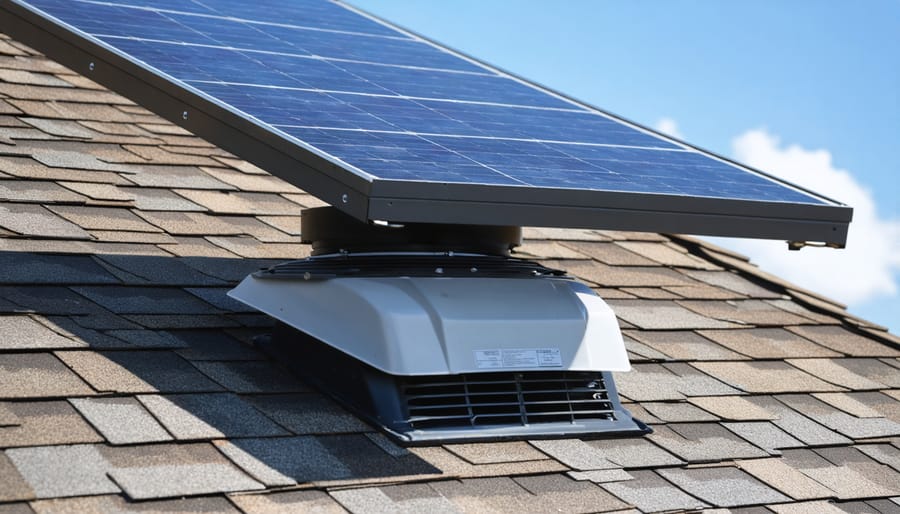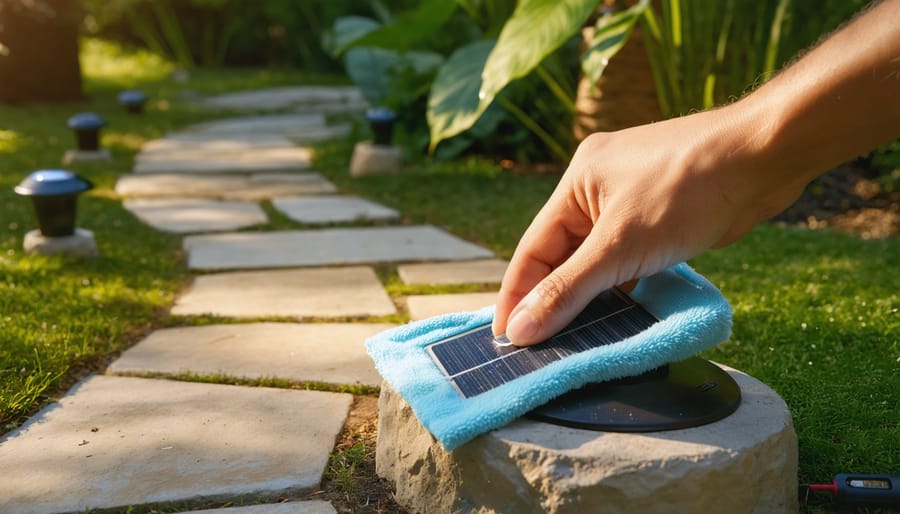How to Trick a Motion Sensor to Stay On
Updated:

There are many ways to trick a motion sensor of solar lights and security cameras to stay on. These include wrapping the sensor in aluminum foil to mimic motion, hanging shiny CDs that spin in the breeze, or pointing fans at the detector.
This article provides a comprehensive guide to various techniques that will help your motion sensor light stay on continuously. Read on to learn more!
12 Creative Ways to Keep Motion Sensor Lights Activated
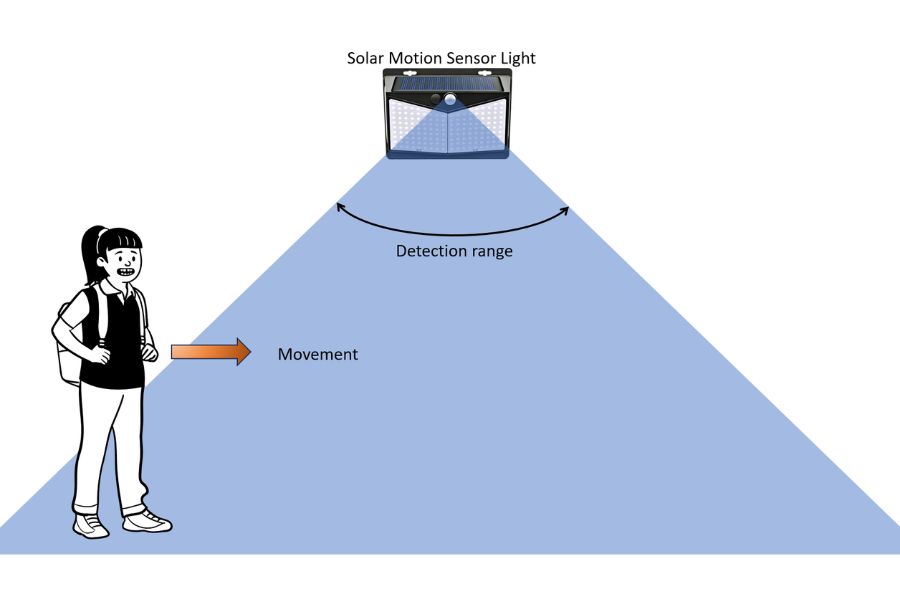
Use Aluminum Foil to Confuse PIR Sensors
For standard passive infrared (PIR) motion detectors, simply wrap a sheet of crinkly aluminum foil around the sensor, creating a pocket without fully covering it.
Periodically insert your hand into the foil pocket to mimic body heat and movement. The aluminum will reflect infrared radiation, tricking the PIR sensor into staying on.
Repurpose Old CDs or DVDs to Reflect Light
Due to their reflective surfaces, old CDs and DVDs are effective for deceiving solar-powered motion sensors.
Suspend one close to the sensor to allow it to rotate with minimal air movement. The reflecting light resembles people moving around, activating the solar security light.
Make sure the disc is lightweight enough to spin from small air currents.
Use an Oscillating Fan to Simulate Movement
Like the spinning CD trick, aiming a small oscillating fan at the solar motion sensor can simulate enough movement to keep it permanently on.
Attach some lightweight streamers or ribbons so the fan airflow makes them dance around continuously for enhanced results. Avoid directing a high-powered fan blast directly at the sensor.
Rapidly Flip the Light Switch On and Off
Many motion sensors have a manual override mode that keeps the lights on indefinitely. This can often be activated by quickly flipping the indoor motion sensor light switch off and on about 3-5 times in rapid succession.
The rapid power cycling triggers the permanent-on mode, bypassing the motion detector. Check your specific user manual for instructions.
Adjust the Motion Sensor’s Sensitivity Setting
If possible, reduce the outdoor motion sensor’s sensitivity so it requires more substantial movement to activate. This will keep the security light on for longer periods between motion detections.
Refer to the owner’s manual to locate any sensitivity controls or dials and turn them down.
Use Fake Moving Objects Like Toys
Place a small toy, robot, or other motorized object miming sporadic movement in front of the solar light motion sensor. When the detector periodically senses the object’s motion, it will remain activated.
Remember to occasionally shift the object’s position to maintain the illusion of consistent activity.
Block Light Sensors with Tape or Cardboard
Motion sensors that detect ambient light levels cover their light sensors with opaque tape, cardboard, or plastic.
This tricks them into thinking it’s nighttime and activates the lights 24/7. Remove the covers to return to normal daylight hours operation.
Install an Additional Light Switch that Bypasses the Sensor
Add a new light switch that connects directly to the indoor motion sensor lights for a long-term fix. This way, you can skip the motion detector and control the lights.
Use this extra switch when you want the lights to stay on all the time, even if no motion is detected.
Utilize Your Pet’s Thermal Signature to Mimic Human Presence
Motion sensors pick up thermal signatures, including those emitted by animals. For example, if you own a bird, you can keep it caged while you’re home but allow it to roam free when it is empty.
Doing so can deceive the motion sensor into thinking there is human activity in the area.
Implement the Spoon Reflection Method to Manipulate Motion Sensors
A straightforward yet ingenious method involves setting a spoon on your palm.
The light from the motion sensor strikes the convex surface of the spoon and reflects back onto your hand, creating the appearance of emitted light.
This optical illusion can trick some motion sensors into maintaining their ‘on’ state, even when you’re not nearby.
Shine a Fixed Light Source at the Motion Detector
Pointing a steady flashlight beam or other bright light source directly at the motion sensor can sometimes trick it into staying permanently on.
The unchanging light hitting the sensor mimics a constant heat/motion signature. But use this method cautiously to avoid damaging the sensor.
Strategically Position Multiple Sensors
Use several outdoor motion sensors positioned in different locations to cover a large area. The combined sensors will detect motion activity over an expanded zone, remaining active longer.
Key Points to Keep Your Motion Sensor Activated Longer
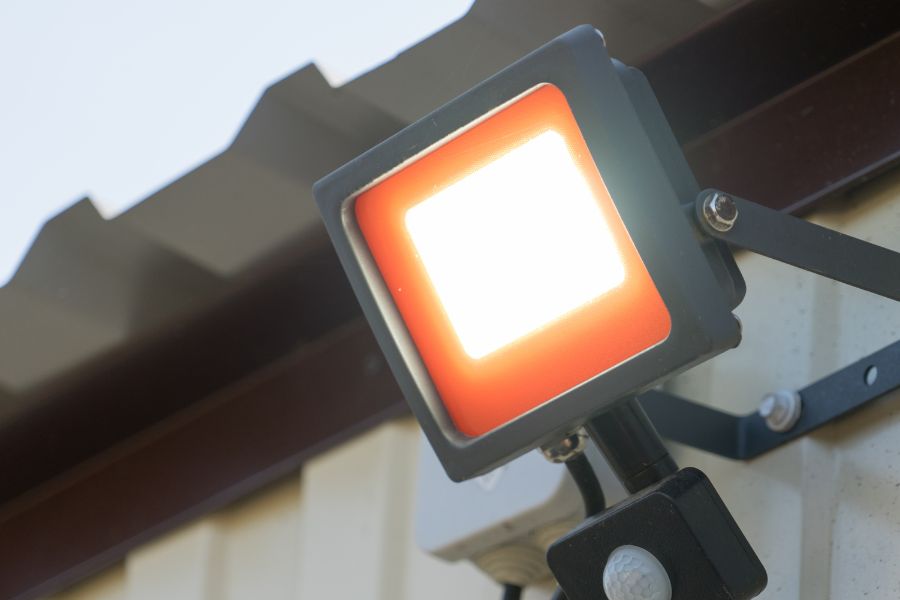
When experimenting with different methods to trick your motion sensor, there are some key settings and features to keep in mind that impact how the sensor functions:
Time Delay
This setting controls the time gap between the last motion detected and when the lights shut off.
You can maximize the time delay (e.g. 30 min) to keep the lights on longer after motion ceases.
Detection Range
The detection range defines the area, distance, and field of view the motion sensor covers.
Adjusting the range prevents you from accidentally triggering the sensor when motion is not meant to activate it.
Blink Count Reset
Certain motion detectors let you set a ‘blink count,’ which is the number of times the lights will blink before staying on permanently.
This setting can sometimes be manipulated to make the lights stay longer after detecting motion.
Firmware Updates
Keep an eye out for firmware updates from the manufacturer.
New updates may include features that provide more customizable settings, potentially giving you more control over how long the lights stay on.
Sequence Settings
Some advanced setups enable you to create a sequence for systems with multiple sensors.
The lights will only turn off if all sensors in the sequence stop detecting motion. This setting can help keep your lights on for a more extended period, especially in larger areas.
Sensor Lens Cleaning
Gently clean the lens of the motion sensor light with a microfiber cloth to remove any dust buildup. This enhances the sensor’s capabilities for detecting movement.
Why Would You Want to Keep Solar Motion Sensor Lights On?
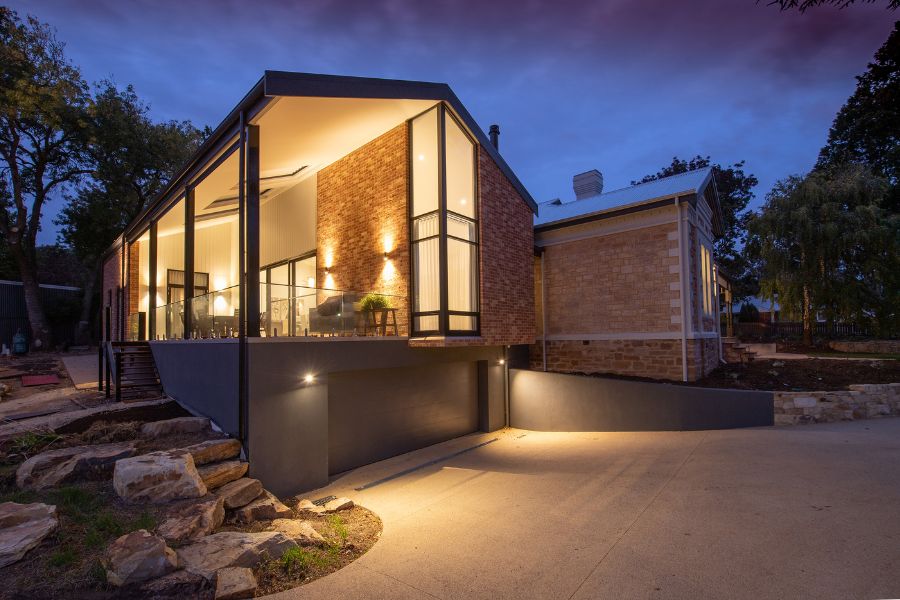
Solar-powered motion sensor lights offer energy efficiency and ease of installation, making them an excellent choice for many households.
There are several good reasons why you may want to keep your motion-activated lights running continuously, some of them are:
Safety in Areas with Infrequent Movement
Maintaining constant illumination in hallways and stairwells enhances safety.
Individuals can navigate these areas more easily with the solar lights always on. If the motion sensor does not detect someone, the lights will not suddenly turn off.
Maintaining Ambiance for Outdoor Social Events
For extended evening events or social gatherings outdoors, keeping the lights on continuously is often desired for atmosphere and visibility.
Manipulating the motion sensor means your party lighting remains on, even when guests aren’t moving much.
Compensating for Poor Sensor Placement
A motion sensor positioned poorly or with a limited detection range can accidentally turn lights off when people are still in the area.
This is because it cannot “see” all parts of the room properly.
As a temporary fix, you can adjust the sensor’s settings to keep the lights on longer. This will compensate until the motion sensor is relocated to a better spot covering the full area.
Need for Constant Illumination
Motion sensors may not best-fit spaces like work areas, hallways, or storage rooms where you’d prefer continuous lighting.
Bypassing the sensor allows for uninterrupted illumination.
Deterring Unwanted Intruders
To deter potential burglars by making an unoccupied home seem occupied.
Keeping solar lights on with simulated motion makes an empty house appear lived-in. This deters criminals from scoping for vacant homes to target.
Avoiding False Triggers from Pets
Pets moving around the house can sometimes accidentally trigger indoor motion sensor lights. The pet’s activity can cause the motion sensors to turn the lights on and off as they walk around.
To prevent this, you can adjust the sensor settings to keep the lights forced on continuously. This will stop the lights from turning off and on unpredictably as your pets move through the rooms.
When Energy Efficiency Is a Lower Priority
Disabling solar motion sensors may increase electricity usage, as the lights remain continuously. However, there are scenarios where the importance of constant lighting outweighs energy conservation.
Such situations could involve enhanced safety, security, convenience, or functional lighting. In these cases, continuous illumination may be preferable to automatic shutoff.
Can’t Keep Your Motion Sensor On? Here Are Your Next Best Lighting Options
If you find that motion detector lights are not meeting your needs or use case, there are several alternative lighting options to consider:
Programmable Timers
Timers allow you to set customized schedules for lights to turn on and off at certain times automatically. This provides lighting when you need it without relying on a motion sensor.
Many timers can be overridden with a manual switch as well.
Smart Lighting Systems
Smart lighting systems with smart bulbs and switches give you control over your lighting from your smartphone, voice assistants like Alexa, and web apps.
You get the light you need, where you need it, without touching a switch.
Photocell Light Switches
Photocell switches automatically turn lights on at dusk and off at dawn based on ambient natural light levels.
This maintains lighting at night without a motion detector.
Dimmer Switches
Dimmer switches enable you to gradually fade lights on and off over a period of time.
This avoids the abrupt on/off function of motion sensors.
Remote Light Switches
Remote switches enable you to manually turn lights on or off from anywhere in your home.
No need to physically flip a switch or trick motion sensors. Just use a remote to control lighting remotely.









